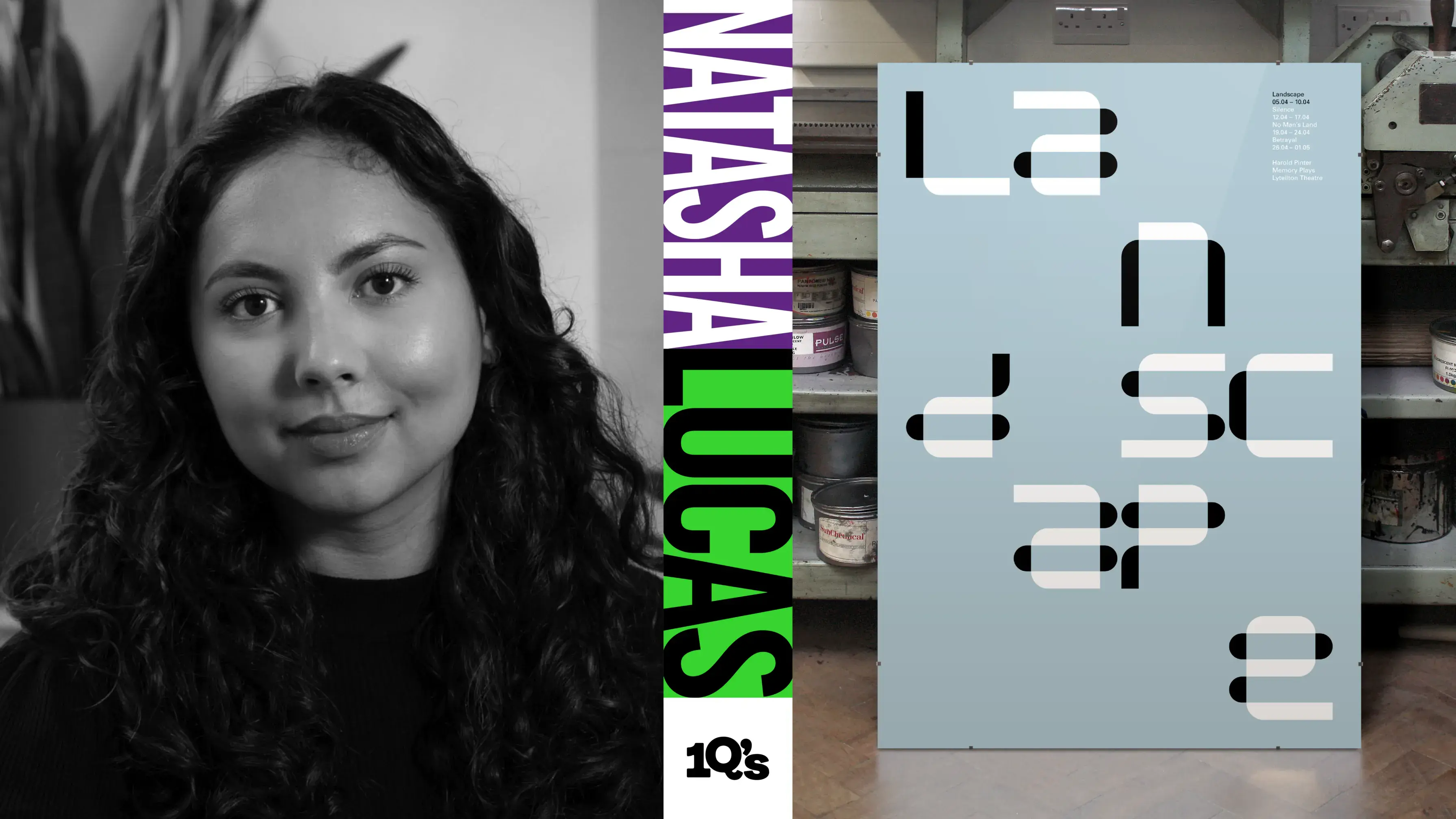

10?’s with graphic designer, publisher and educator, Craig Oldham
Coming out of Manchester, Office Of Craig are a team of designers who create all sorts of design, words, websites, branding, publishing, exhibitions and campaigns for organisations and causes they care about; led by the enigmatic and unreserved designer, publisher and educator, Craig Oldham. Expect a few swears here.
Firstly, what do you see yourself as? Are you a graphic designer, an artist, a publisher, an activist, a champion for others or something else?
The footballer Johan Cruyff said ‘If I wanted you to understand, I would have explained it better’ and that goes some way to describing how I feel about describing myself.
I’m not very interested in labels nor describing what I do. And I think descriptions like designer, artist, activist and such, are more about other people—and making other people feel more comfortable—than they are about designating myself and what I do. I like that I might one day be doing one thing and another day be doing something else, and I like it even more that those things may be in conflict with, or in contradiction to each other. For me, it’s about holistic creative practice, which is ultimately a collective articulation of myself and my values externalising themselves through creative acts. What others want to describe that as is completely up to them.
I also believe it’s potentially harmful to obsess about labels and applications. The practice of graphic design, for example, is so multivalent that defining the action of it becomes more of a hindrance than a help, offering more confusion than clarity.
When I write a book, design and produce that book, then publish it, that isn’t graphic design just because that’s what I’m primarily known as to others. It isn’t a graphic designer writing a book, or a writer designing a book, it’s a creative idea expressed through my own values and principles resulting in a creative outcome.
I think this is particularly harmful and confusing for students of creative disciplines as (and I’m going with the book example here just because they’re the tracks we’re riding) they might be studying graphic design but their real enjoyment in producing said book might not necessarily be the elements of it that are deemed graphic design. They may have loved taking the photographs or writing the text as they design the book and because we insist on labelling it, entwine those aspects, wrongly, as graphic design. People can lose years untangling this when the reality is it rarely matters.
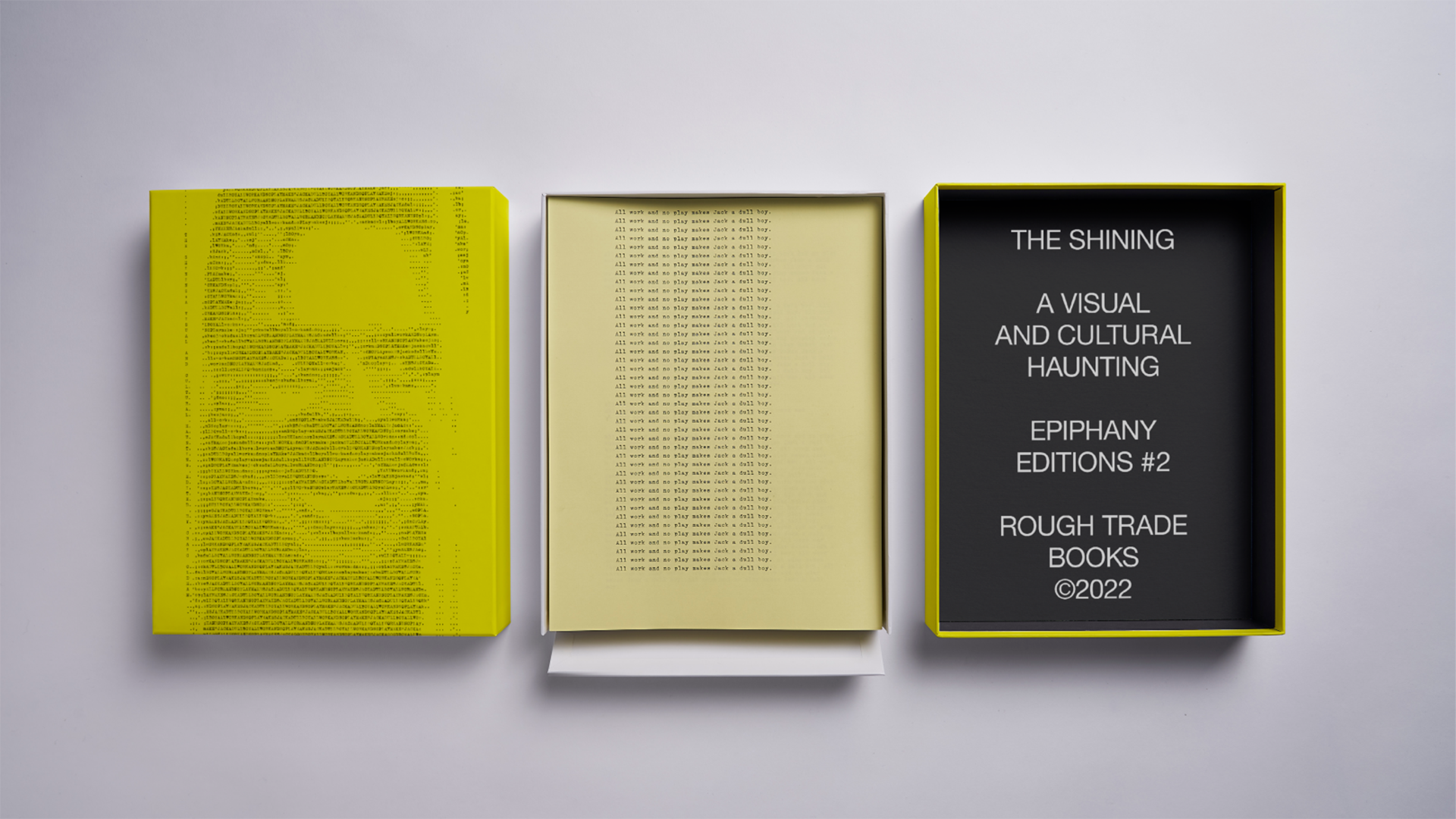
Saying that, your background is in graphic design and its history is clearly important to you and a subject you’re well versed in, so who is someone that you don’t think people know enough about but should?
If you’re asking me about graphic designers, I think there are decades worth of countless unknown black, brown, female, gay, disabled, working class, minoritised designers each of whom deserves more recognition than they got very likely because they were marginalised, excluded, or exploited by a white male peer or superior who got all the credit.
Their history is clearly important because it’s on their backs the industry we enjoy today is actually built and stands.
Your studio, Office Of Craig, ‘does it all, but does it right.’ What does ‘doing it right’ mean to you? Do you have rules and how do you sustain that?
Doing it all but doing it right is not about being right. It’s about integrity.
We are not claiming to be specialists in all forms of creative endeavour, but we do believe that anyone can have an idea and with support can make that idea the best thing it can be regardless of the discipline. If the idea is ‘right’ we will find a way to realise it. And in realising it, the idea is the leading direction of that, not our taste, not our limitations, not our expertise.
I’m sure this all sounds pretty pompous, so another way to describe it that at least makes sense to me, though it risks sounding worse, is this. Scott Walker, the late musician, had a particular way of making music that he believed to be right. When he released his album, The Drift (2006), it was accompanied by a film called Scott Walker: 30th Century Man (2006) which, in part, documented the recording of the album. Walker was ridiculed when in one scene this film showed his percussionist creating a sound by slapping and punching the carcass of a pig because Walker was trying to achieve this exact sound.
This makes complete and utter sense to me. Walker could have easily manufactured that sound, found it in a music library or whatnot, but it wouldn’t have been that exact sound. It would have been manufactured to be like that sound, and not the sound itself.
So if you want something right, you do it right.



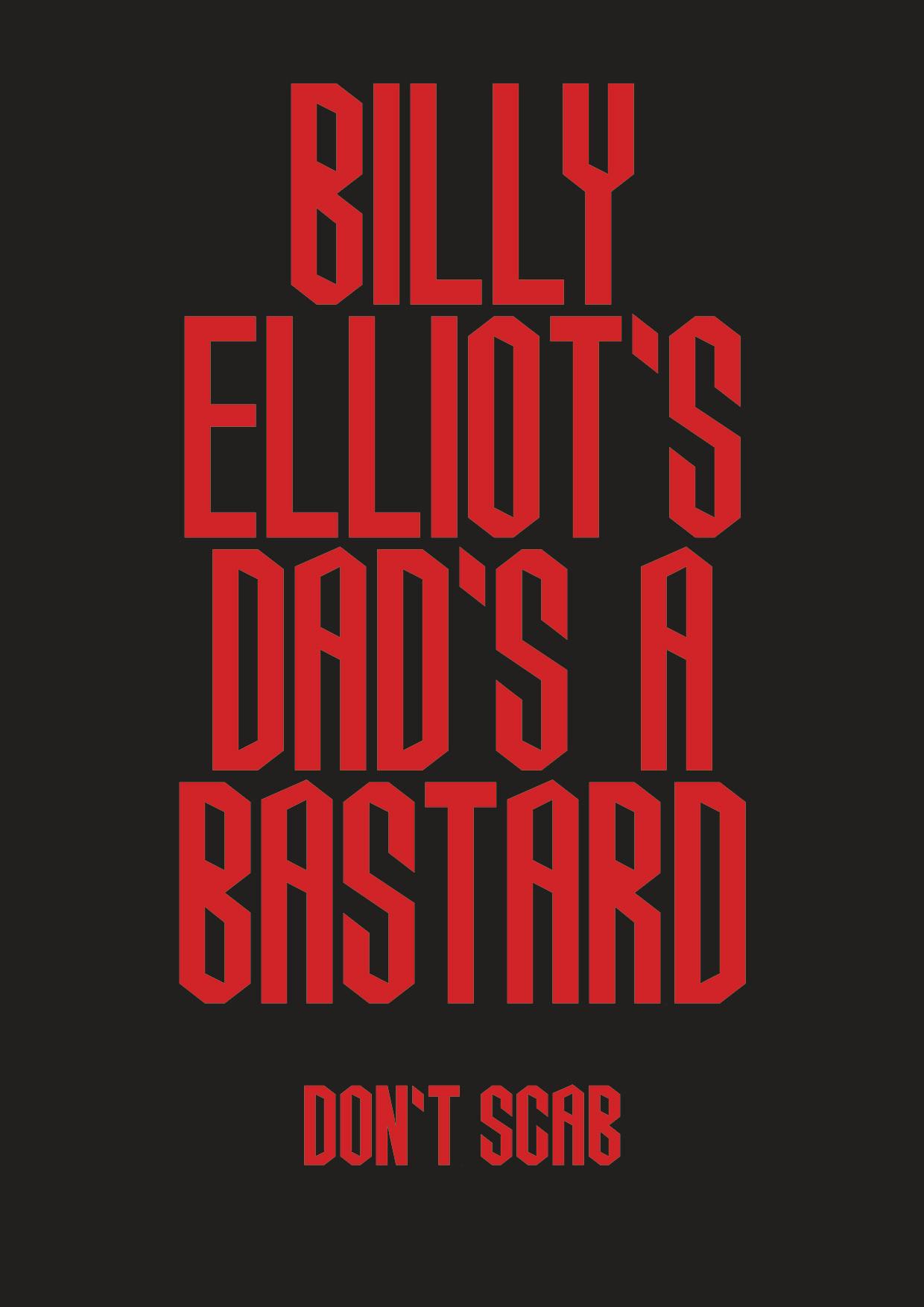
With that in mind, what clients do you and the studio work with and are you good at saying no if they aren’t right for you?
I feel we are exceptional at repelling the right people rather than attracting the wrong ones so I feel incredibly happy that the people we work with want to work with us. We work largely in culture, in communities, and for change, and each of those is a spectrum within themselves really. But we have always tried to work with people, not companies or brands or whatever.
I’ve experienced that too many times, where agencies go hunting–‘We should be working with Nike’—when I couldn’t give a shit about working for Nike unless there was a good person there that I respected and liked. That for me has always been the key thing, not who that person works for or what that person is or does.
As a kind of lead or figurehead of the Office, I don’t shy away from communicating my beliefs, values, and principles publicly. I think this helps people when looking at us make a more informed judgement about whether they might fancy working with us because they know much more about who we are and what we believe. Loads of people in the industry will tell you that they too do this, but the vast majority of them in my experience talk that talk and it’s quick to see they are in truth still waiting for a spine donor.
To answer the second part of that question, saying no can be really positive. I don’t revel in telling someone to fuck off because we don’t want to work with them, it’s quite the opposite.
I am a great believer in the notion that ‘if you haven’t changed your mind lately how do you know it’s still working’ so if I am confronted by something that seems in opposition to me, I will spend a great deal of time and counsel with the rest of the team and sometimes others on why I might think that, what others think, and what that then means. If we deem it unsuitable, I would always seek a constructive conversation about why we can’t do the gig and perhaps recommend someone they should take it to.
How did your studio being ranked number 15 in the iconic, ‘30 Hottest UK Design Agencies’ by CA Magazine list make you feel? Did you throw a party to celebrate?
It was nice. I probably had a biscuit with my brew that afternoon.
You take these things as they are, which at the time was two people in a studio in Manchester coming above some massive agencies that had been around decades in a ranking based on the respect of your peers. It’s nice, but that’s all it is.



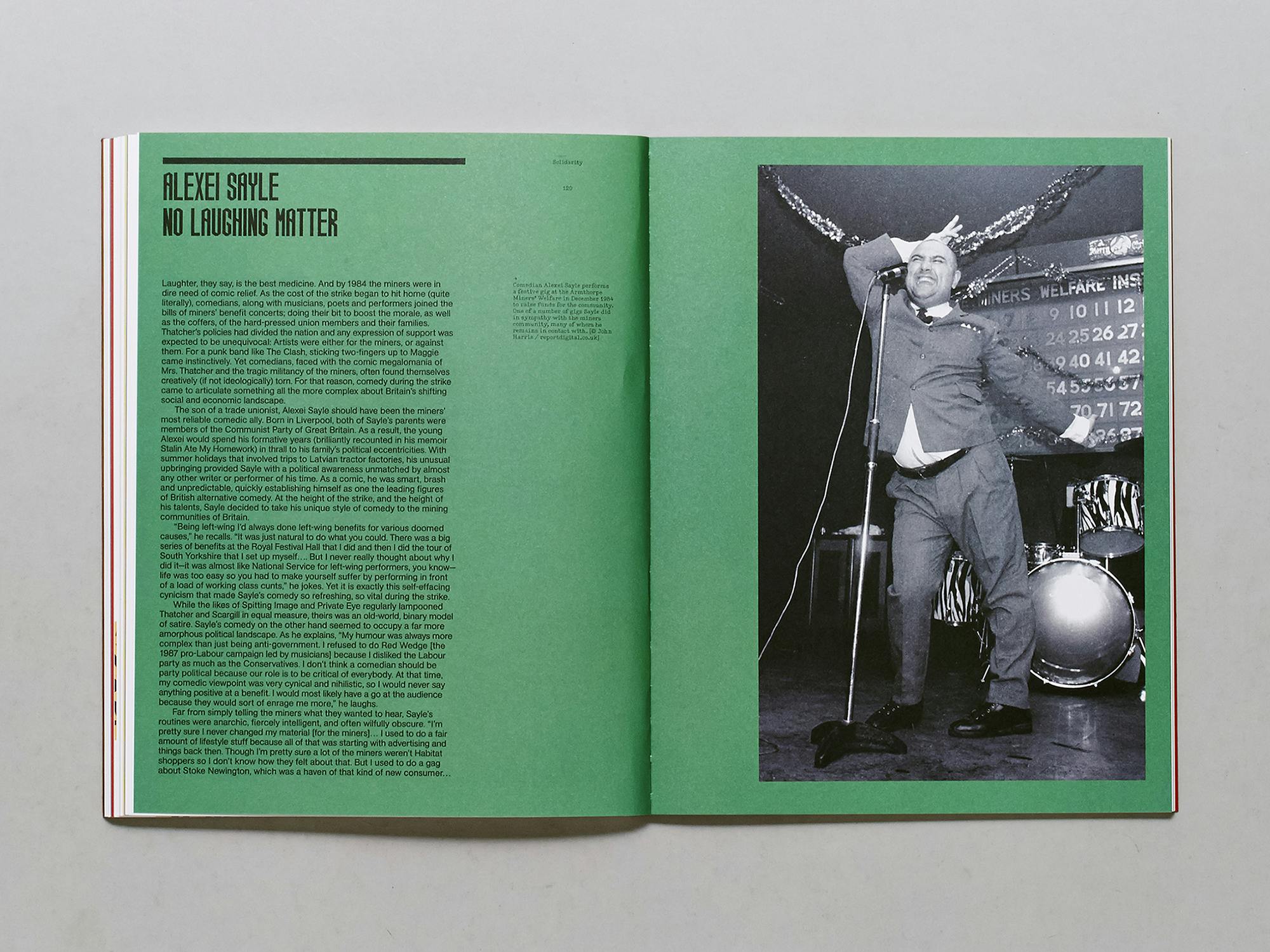
As a proud Northerner, do you see a visible or tangible difference between what comes out of the North vs the South, in terms of design, and if so what?
This country is one of the most regionally imbalanced countries in the world, so this isn’t a North vs South thing, but a UK vs London thing. I’m proud of where I come from and I’m proud of what London has achieved by pulling the talents of people from all over the country outside of itself, into it to capitalise upon. Design thrives in the ‘regions’ outside London and it’s amazing to see them, be part of them, and know the communities that make them up, which is why Alice Fraser and I started The Outside Directory, to showcase this.
I think some people like to think there’s a difference in design in the North to the South, but I think that says more about that person making the judgement than the reality of it. Which, in my case, is that there isn’t beyond qualities and aspects, that design has nothing to do with.



You’ve published and put out numerous books over the years, but is there a book by someone else that makes you think… ‘Damn, I wish I did that’?
I love books, all kinds of them, so that is a tough one to answer really. But I can say I’ve never seen a book about design that’s made me think that really.
A Technique For Producing Ideas… is a book I often cite, but I don’t yearn to have done it. Whereas, I would have loved to have written Dracula. Dave Eggers’ A Heartbreaking Work… also took me years to get over. I still love that book.
I admire publishers and how they do what they do—Nina Hervé at Rough Trade Book is one hell of a force and I’m proud and honoured to work with her and be part of her vision—and I admire some designers of books—John Morgan, Irma Boom, Darren Wall, Sarah Boris, Dave Pearson—but I wonder often if a factor in why I do love them is because I actually didn’t do them.
I can find work weird in that way, sometimes the work I have done myself I can’t stand the sight of and don’t want to look at anymore or feel any semblance of pride for (there’s another Scott Walker story to supplement this, but he’s already had enough airtime I’m sure).


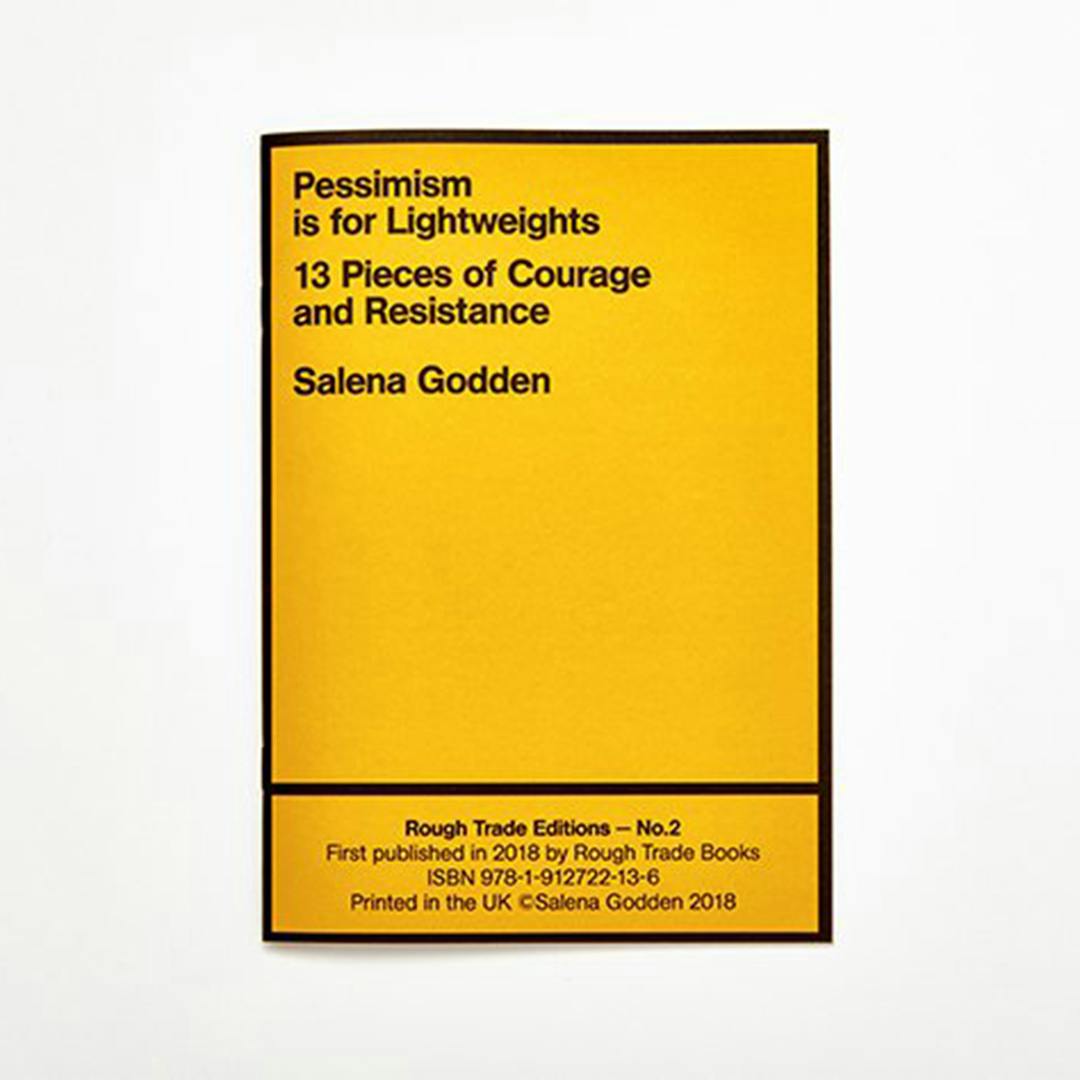

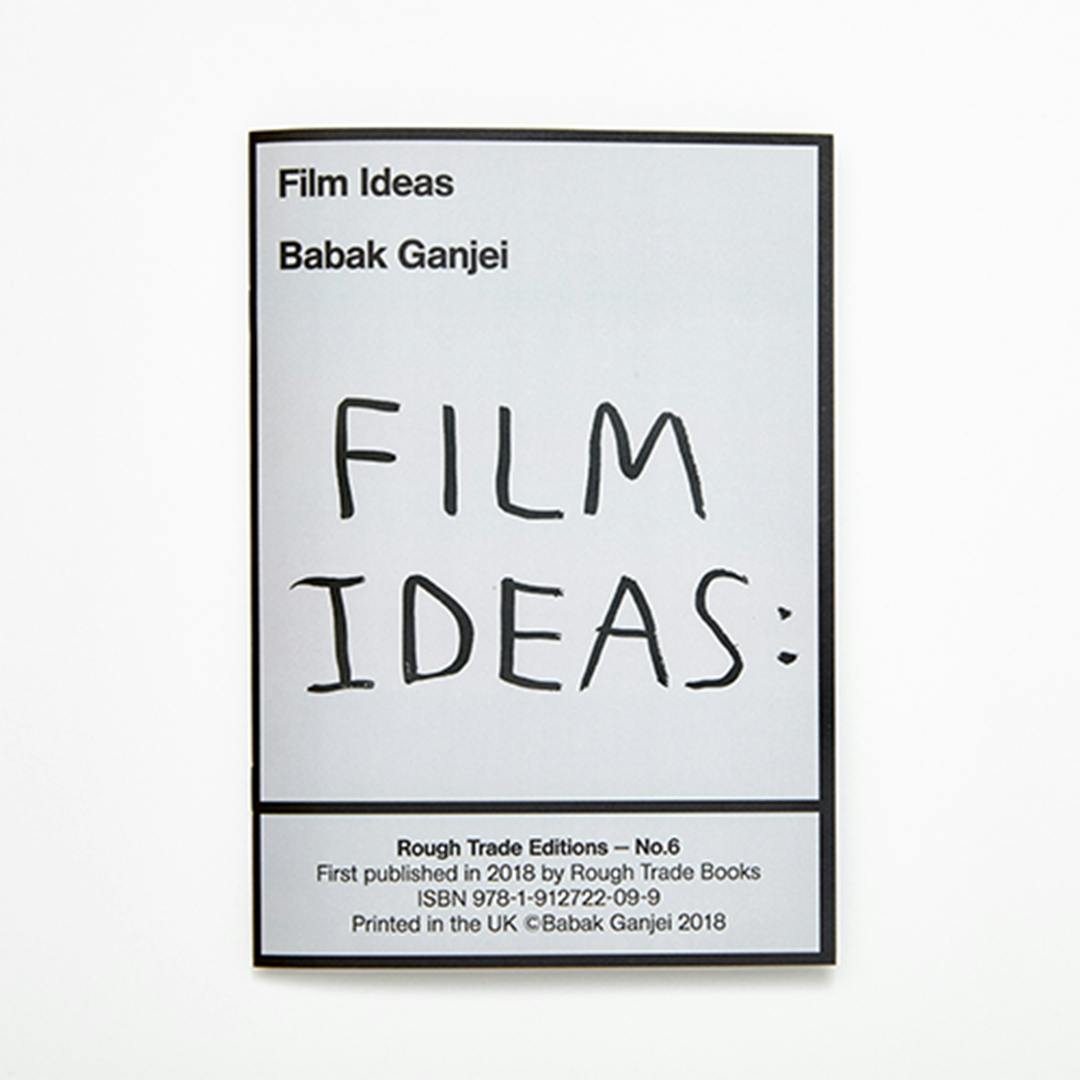

Politics isn’t something you’re afraid of talking about or featuring in your work but can graphic design (or graphic designers) help to save us from the current state of our country?
No. But they can play a part in saving us. It’s fatal, in my opinion, to believe that design alone can save the world. That’s idiotic and a fundamental misunderstanding of how the world and people work.
I believe that design and creativity are crucial in solving problems, in communicating better ways of resolving differences, and in joining communities but it can’t do all that alone.
And this isn’t just about politics either, but commerce too. A great album cover doesn’t make a best-selling album, that happens because of a multitudinous and complex array of things occurring at the same time in a considered system in order to achieve a desired outcome. But it is a part of that system, of all systems, and once you realise that and accept it, then I think you can lever creativity in so many different ways.
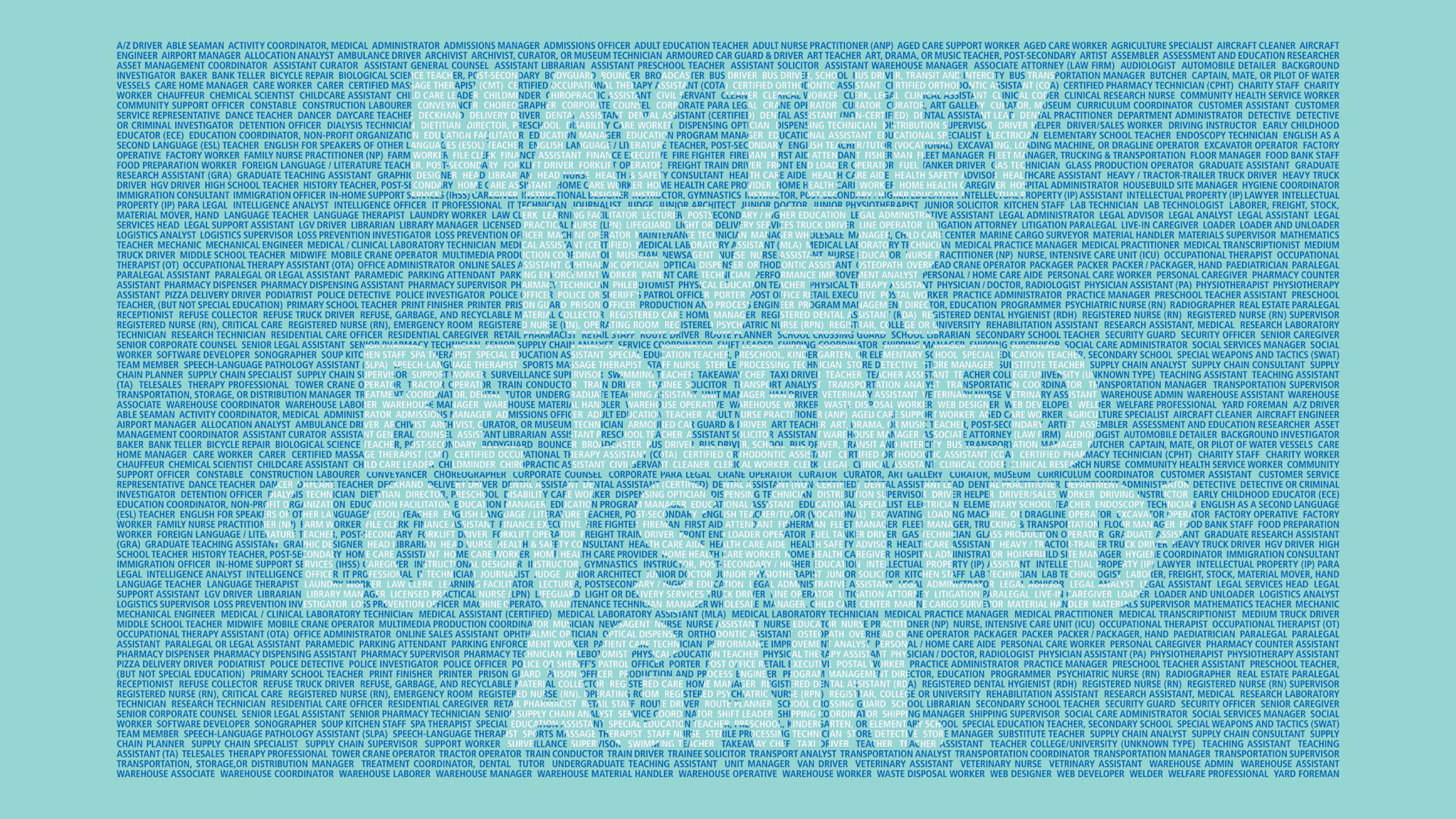
The simplest way that creativity can help change this country right now is when you next go to vote, you take a pencil and you cross two diagonal lines together inside the centre of any box you please on that sheet that doesn’t have The Conservative Party beside it. That’s mark-making at its finest right there.
What is your favourite thing about working in the creative industry?
Almost everything. Though it is far from perfect and it has a lot to do... and fast.
I do love being in a creative community. That we get to think for a living, that we can engage with so many topics, so many disciplines, so many people and subjects and histories and every single day be different is a real privilege you know. I don’t ever take that for granted.

Finally, we know you love cult films so what’s your recommendation that everyone should go and watch after reading this?
Any film by John Carpenter (but start with They Live and then read my book on it).

Craig Oldham is a graphic designer and heads the eponymous educational design practice, Office Of Craig who do: design, words, websites, branding, publishing, exhibitions, campaigns and more. He’s written books on a range of topics including education, visual culture, and politics.
Questions: Craig Berry
Editor: Craig Berry


